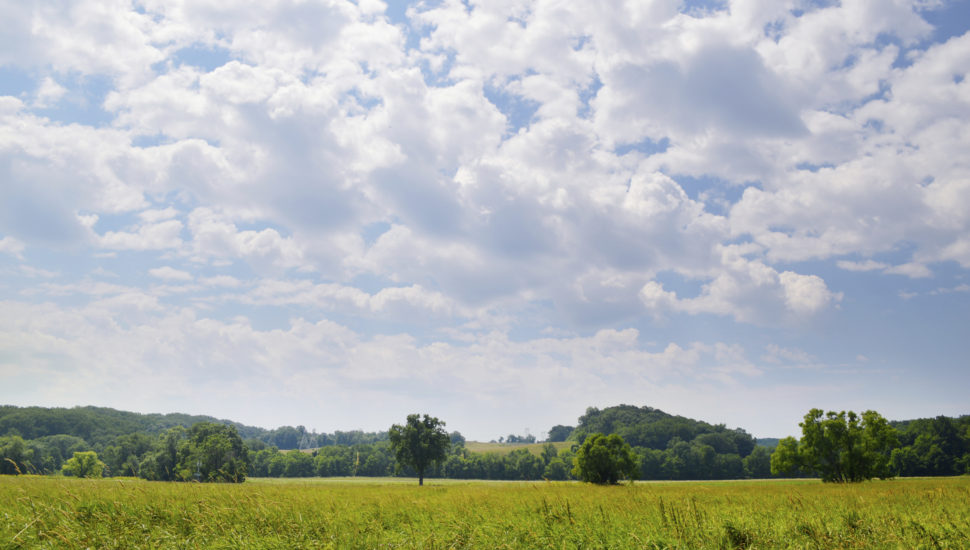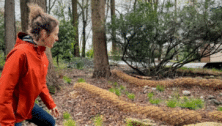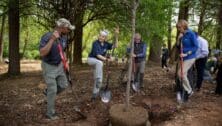Rare Habitat Preserved as Natural Lands Adds Acres to ChesLen Preserve

The largest privately-owned nature preserve open to the public in southeastern Pennsylvania just got even bigger with the addition of 20 acres of rare habitat.
Natural Lands, a regional land conservation organization, announced that its ChesLen Preserve in Newlin Township expanded to 1,282 acres when the organization purchased land from an adjacent neighbor.
ChesLen was the vision of philanthropist H.F. “Gerry” Lenfest, whose 2007 donation of 568 acres to Natural Lands inspired Chester County to transfer 500 additional acres, thus establishing the preserve. Since that time, Natural Lands has added more than 200 acres to the preserve through purchases of adjoining lands.
The recently acquired acreage is part of a rare ecosystem known as the Unionville Serpentine Barrens, which supports a number of threatened plant and animal species.
Serpentine barrens derive their name from the presence of serpentinite, a type of rare, greenish bedrock from which the soils are weathered. The soil’s peculiar chemical characteristics make it inhospitable to all but a few tenacious plant species that have adapted to these extreme conditions. The term “barrens” was coined by farmers who discovered long ago that the soils were poor for growing crops.
[uam_ad id=”58459″]
Advertisement
“There were once 40 barrens sites in the eastern United States; today, there are fewer than 20,” said Molly Morrison, president of Natural Lands. “Natural Lands has long-prioritized not only the permanent protection of the Unionville Barrens but also believes deeply in our commitment to restoring this unique habitat.”
The loss of serpentine barrens is due to land development but also to inattention. Without periodic disturbance, bordering woodlands quickly encroach, creating a richer soil layer over the serpentinite soil as their leaves drop and decompose. For millions of years, this essential disturbance came from native animals: Mastodons, mammoths, and herds of hungry elk kept trees at bay by browsing and trampling the ground beneath them. Humans have done their part, too. Native peoples set fires to improve hunting conditions, grazed livestock, and mined for soapstone.
When the serpentine barrens disappear, so too do the rare plants and insects that depend on this unique, inhospitable habitat. So Natural Lands’ team of land stewardship experts is working to restore the barrens through removal of encroaching vegetation and planting the areas with grasses and wildflowers that thrive in the hostile serpentinite soil. Similar restoration is planned for the newly acquired 20 acres.
[uam_ad id=”58462″]
Connect With Your Community
Subscribe to stay informed!
"*" indicates required fields








![95000-1023_ACJ_BannerAd[1]](https://vista.today/wp-content/uploads/2023/03/95000-1023_ACJ_BannerAd1.jpg)







































